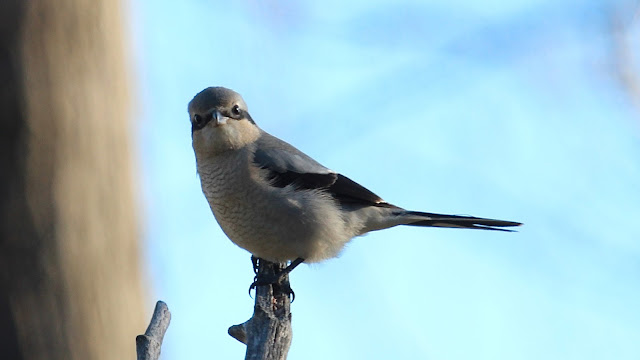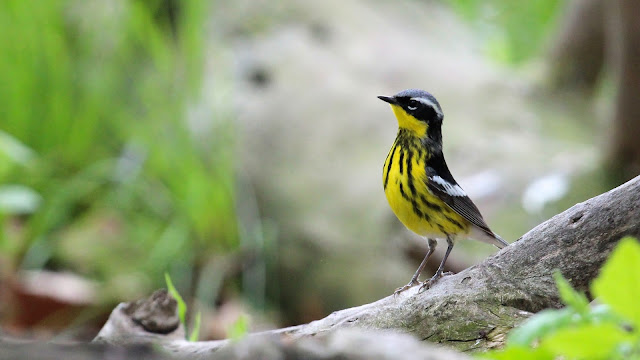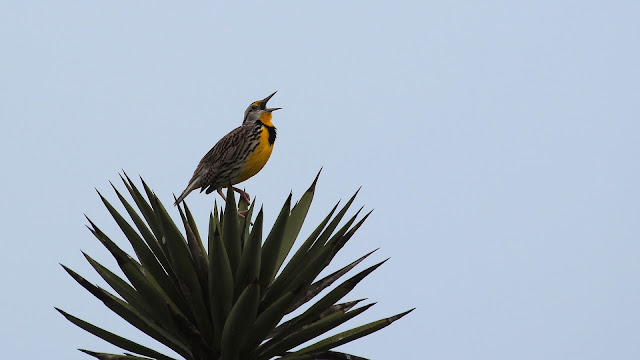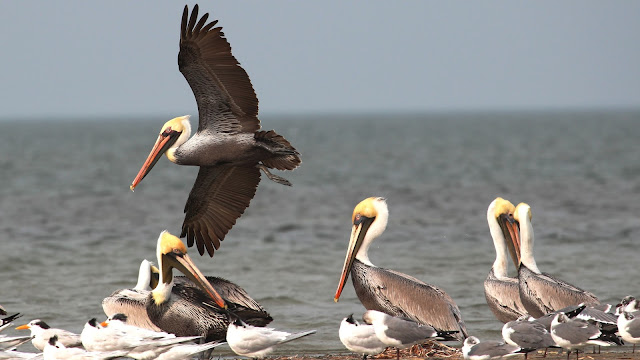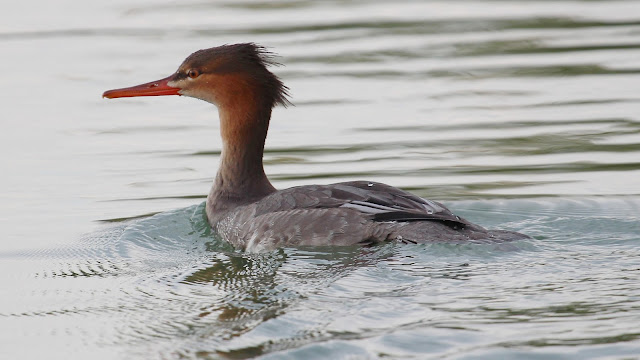Flying squirrels, flying car.

We have flying squirrels most nights at a feeder we put out just them. It is just outside the sliding doors that go to the deck. Crash is fascinated by the squirrels and watches for them to come off the roof and onto the feeder. He jumps higher than this, I caught him most of the up.
